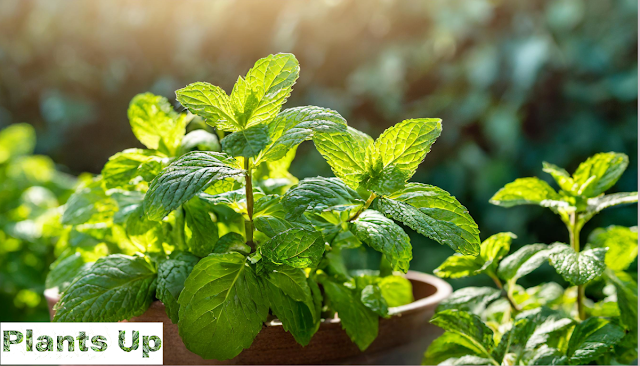 |
| How To Take Care Of Plants |
Plants are a beautiful and essential part of our environment, providing us with clean air and adding color and beauty to our surroundings. However, taking care of plants can be a daunting task, especially for beginners. Here are some tips to help you take care of your plants and ensure their longevity.
Understand the needs of your plant: Different plants have different needs
when it comes to water, sunlight, temperature, and humidity. Before you bring a plant home, research its requirements and ensure that you can provide the necessary conditions for its growth.Water your plants properly: Overwatering or underwatering your plants can lead to their demise. The general rule of thumb is to water your plants when the soil is dry to the touch, but not completely dry. The amount of water your plant needs will depend on the size of the plant, the type of soil, and the environment it's in.
Provide adequate sunlight: Plants need sunlight for photosynthesis, which is essential for their growth. Different plants have different light requirements, so make sure to place them in an area where they can get the right amount of sunlight. If you don't have access to natural light, you can use artificial light sources such as grow lights.
Use the right soil: Different plants require different types of soil, so it's important to choose the right one. Some plants prefer well-draining soil, while others require soil that retains moisture. Make sure to choose the right soil mix for your plant's needs.
Fertilize your plants: Plants need nutrients to grow, and fertilizers provide them with the essential nutrients they need. However, overfertilization can be harmful to your plant, so make sure to follow the instructions on the fertilizer package and use it in moderation.
Prune your plants: Pruning helps to promote healthy growth and prevent diseases. Regular pruning can also help to shape your plant and remove any dead or damaged leaves.
Monitor your plants: Keep an eye on your plants and monitor them for any signs of pests, diseases, or other problems. Early detection can help prevent the spread of pests or diseases and ensure the health of your plant.
Watering: Discuss the importance of watering plants and the correct techniques for doing so, including how often to water, how much water to use, and how to tell if a plant is over or under-watered.
Soil and Fertilizer: Explain how soil quality and the use of fertilizers can impact plant growth and health. Cover topics such as soil types, nutrient deficiencies, and how to select and apply the right fertilizer.
Light and Temperature: Highlight the importance of light and temperature for plant growth and discuss how to select the right location for your plants. Cover topics such as plant lighting needs, sun exposure, and temperature control.
Pruning and Grooming: Explain how to properly prune and groom plants to promote healthy growth and prevent damage. Cover topics such as pruning techniques, grooming tools, and when to prune different types of plants.
Pest and Disease Control: Discuss common pests and diseases that can impact plant health, and provide tips for preventing and treating infestations. Cover topics such as identifying pests and diseases, selecting the right treatments, and practicing preventative measures.
Repotting and Transplanting: Explain when and how to repot and transplant plants to promote healthy growth and prevent root-bound plants. Cover topics such as selecting the right soil and containers, and the correct techniques for transplanting.
Maintenance and Care: Offer general tips and advice for maintaining and caring for plants, including best practices for cleaning, maintaining soil quality, and dealing with common issues that arise in plant care.
Taking care of plants may seem overwhelming at first, but with the right knowledge and tools, it can be a rewarding and enjoyable experience. Remember to understand the needs of your plant, water it properly, provide adequate sunlight, use the right soil, fertilize it in moderation, prune it regularly, and monitor it for any signs of problems. With these tips, you can help your plants thrive and flourish.
Thanks for visiting Plants Up!
